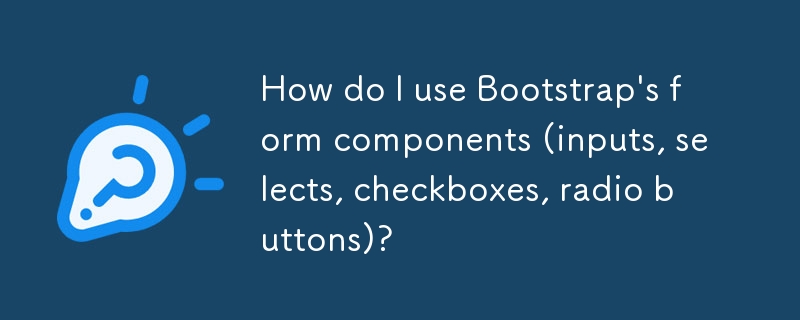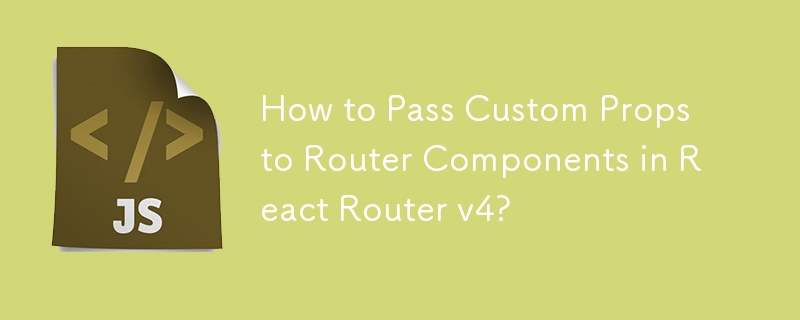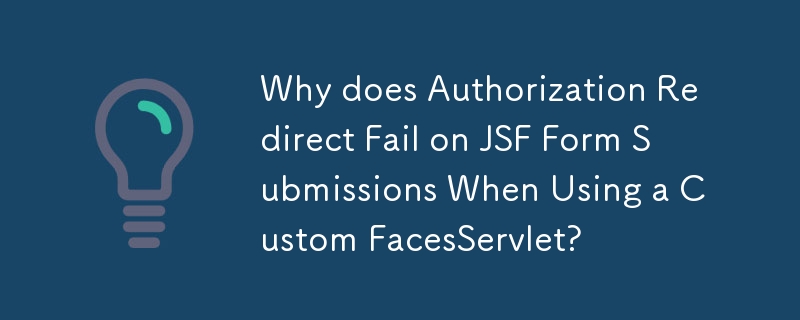Found a total of 10000 related content
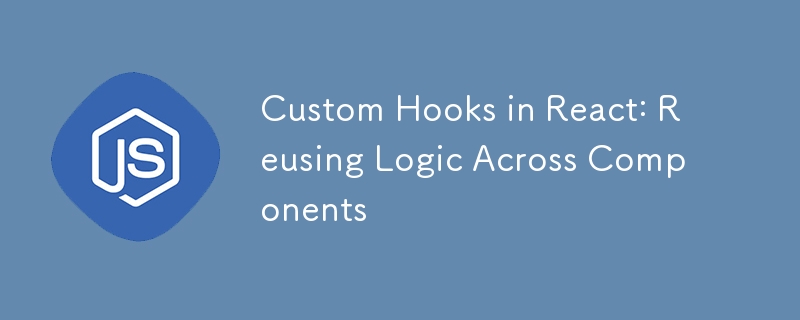
Custom Hooks in React: Reusing Logic Across Components
Article Introduction:Custom Hooks in React
A Custom Hook is a JavaScript function that allows you to reuse stateful logic across multiple components in a React application. Custom hooks are a powerful tool for encapsulating logic that can be shared among components
2024-12-27
comment 0
1134

How to Create Custom Components Using Component IO
Article Introduction:Component.io: Build and Share Reusable Web Components
This tutorial demonstrates how to create and utilize custom components with Component.io, a powerful tool for building modular web applications. Leveraging the Vue.js component model, Component.i
2025-02-16
comment 0
1121


Creating Reusable UI Components with HTML5 Custom Elements (Web Components)
Article Introduction:Yes, HTML5's CustomElements can be used to create reusable UI components. 1. It is part of WebComponents, allowing developers to define custom elements such as or such; 2. Implemented by inheriting HTMLElement and registering classes with customElements.define(); 3. Isolate styles using ShadowDOM to prevent pollution; 4. Utilize slot mechanism to improve content flexibility; 5. Encapsulate interactive logic in custom classes; 6. Support attribute change response mechanism; 7. Suitable for design system components across frameworks; 8. Pay attention to browser compatibility, performance and debugging issues; 9. Recommend a separate file for each component and use packages
2025-07-08
comment 0
904

How can I extend Yii with custom components?
Article Introduction:This article details creating and using custom components in Yii framework. It covers component creation, registration, access, and best practices for reusability, including dependency injection and interface-based design. The article also demonstr
2025-03-11
comment 0
904

How do I create custom components in uni-app?
Article Introduction:This article details creating and reusing custom components in uni-app, leveraging Vue.js. It covers structure (template, script, style), best practices (single responsibility, scoped styles), and utilizing Vue.js features like props, events, and sl
2025-03-11
comment 0
893
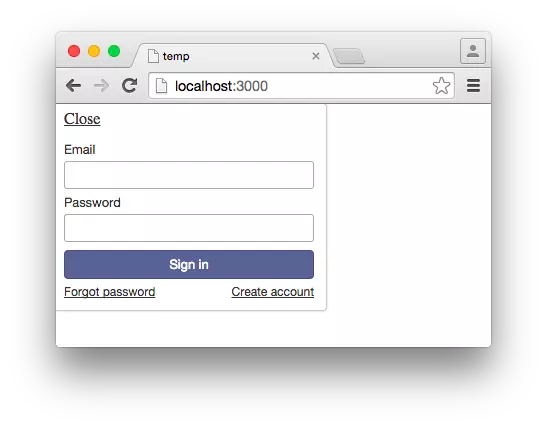
Creating a Custom Login and Registration Form with Meteor
Article Introduction:Key Takeaways
Creating a custom login and registration form with Meteor involves installing the accounts-password package, which automatically creates a Meteor.users collection to store user data, eliminating the need to write custom logic for use
2025-02-20
comment 0
1153

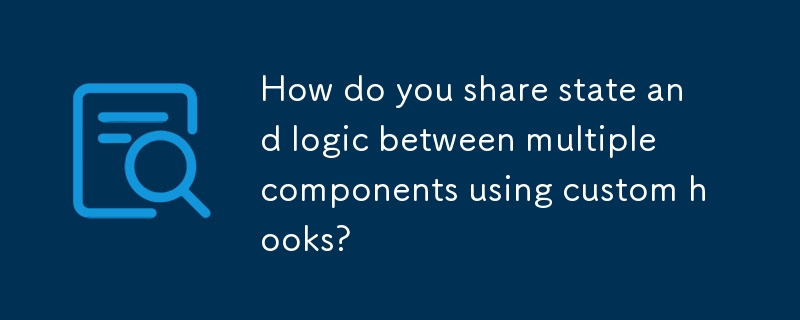

How does Vue interact with web components, and can Vue components be exported as custom elements?
Article Introduction:Yes, Vue can interact with WebComponents and can export Vue components as custom elements. 1. Vue treats WebComponents as regular HTML elements and can be used directly in templates without special processing; 2. Use the defineCustomElement method to compile Vue components into independent custom elements, which is convenient for reuse across frameworks or non-Vue projects; 3. By default, only supports passing original data types through attributes, complex data needs to be serialized or used JavaScript attributes; 4. Styles need to be processed separately, Vue is not compiled to ShadowDOM by default; 5. When using them, pay attention to event naming, construction tool configuration and data delivery.
2025-06-18
comment 0
310


How can v-model be used for two-way data binding on custom components in Vue?
Article Introduction:To use v-model to implement two-way binding of custom components in Vue, you must first understand its working mechanism. For custom components, you need: 1. Receive a prop named modelValue; 2. Trigger an event named update:modelValue. By default, it will be parsed to, so the component needs to use:value="modelValue" and $emit('update:modelValue') to synchronize the data. In addition, the prop and event names can be customized via model:{prop:'checked',event:'change'}, which are suitable for different types of components such as switches
2025-06-06
comment 0
222








